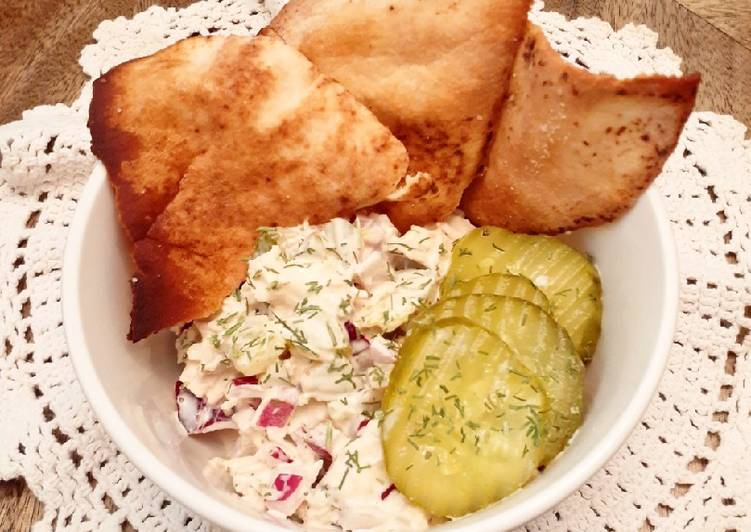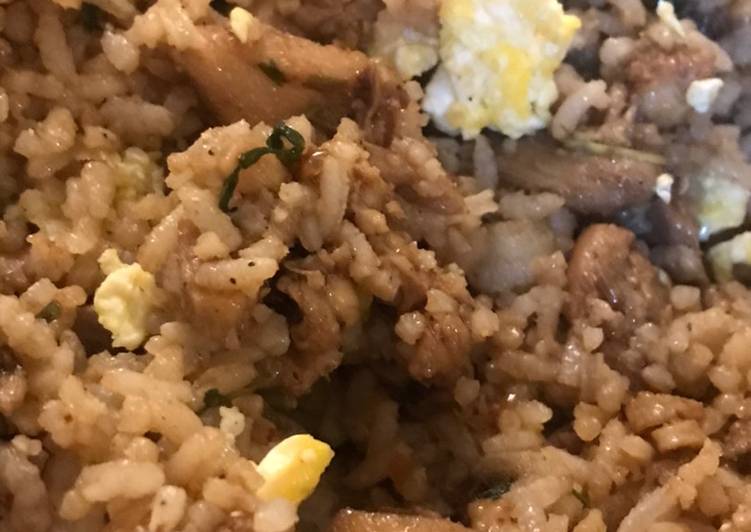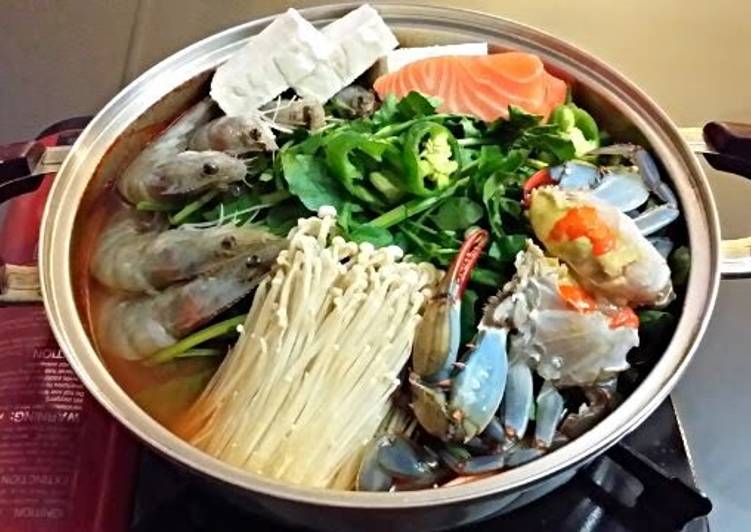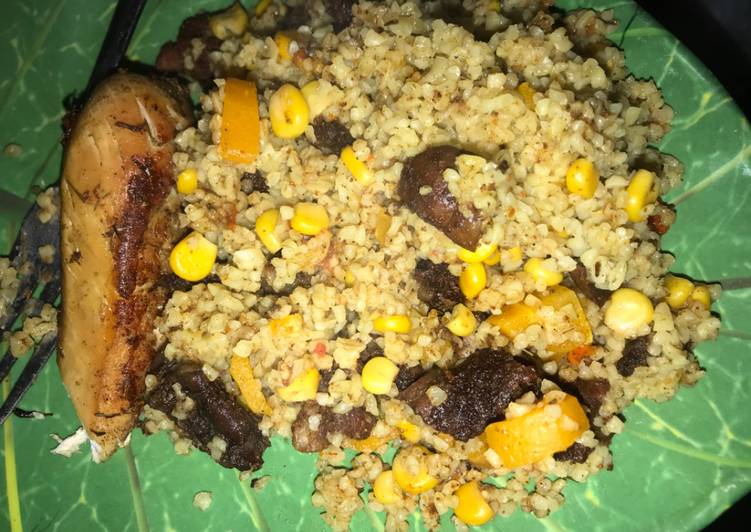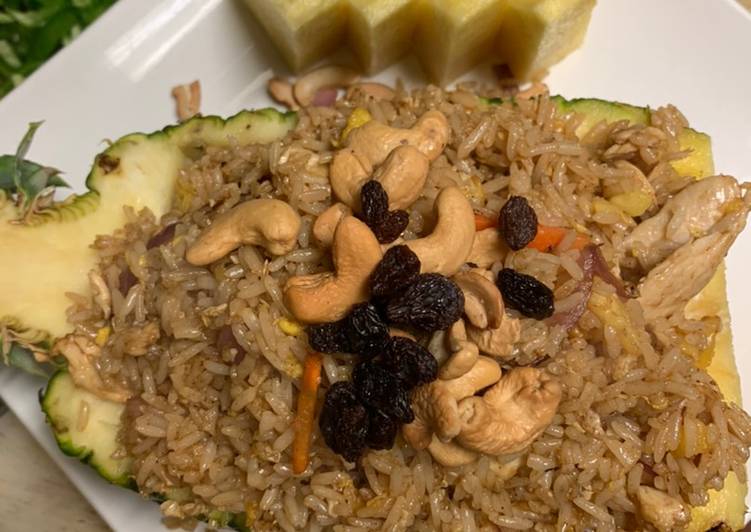Recipe of Ultimate Okara Mochi with Rice Bran
- By Mable Ross
- 22 Oct, 2019
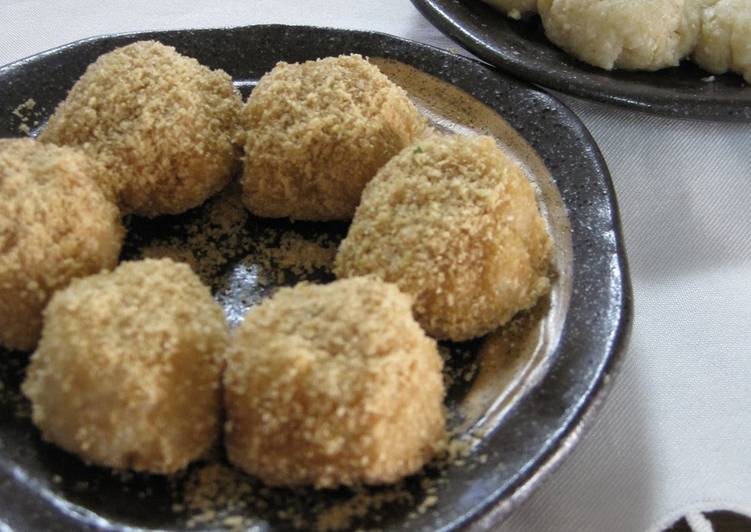
Hey everyone, welcome to our recipe page. Today I will show you a way to make a special dish, Okara Mochi with Rice Bran. It is one of my favourite food recipe, this time i’am gonna make it a little bit tasty. This is gonna smell and look delicious.
Okara Mochi with Rice Bran Recipe. This is another recipe for the health conscious mochi lovers. For something that taste sweet, you can try this super easy recipe.
You can cook Okara Mochi with Rice Bran using 11 ingredients and 11 steps. Here is how you achieve that.
Ingredients of Okara Mochi with Rice Bran
- It’s 50 grams of ●Fresh okara.
- Take 3 tbsp of ●Rice bran ※Refer to Step 8.
- Prepare 2 of and 1/2 tablespoons ●Katakuriko.
- You need 1 pinch of ●Salt.
- You need 80 ml of ●Water.
- You need 1 tsp of Sake.
- Prepare of <Rice bran powder> (optional).
- Make ready 1 tbsp of Rice bran (parch in advance) ※Refer to Step 8.
- You need 1/2 tbsp of Kinako.
- Make ready 1 tbsp of Sugar (I used a low calorie sweetener called Lakanto S, but use your choice of sweetner).
- You need 1 pinch of Salt.
Sauteed okara can also serve as a poor man's side dish with rice.Although commercial dried mochi cakes are available at any Japanese grocery store and can't.Yes, you can just crush Mochigome rice whole, or Japonica rice, or Calrose, or, in a pinch, use an Italian short grain rice, like Arborio, Carnaroli, Baldo, Vialone, etc., and process it into a fine powder with your food processor, blender, coffee.Mix sweet rice flour and green tea powder thoroughly in a microwave-safe glass or ceramic bowl.
Okara Mochi with Rice Bran step by step
- Put all ● ingredients in a heatproof container and mix well. Cover the container loosely with plastic wrap and heat in a 500W microwave for 1 minute and 30 seconds..
- Add sake and knead (as shown in the photo). Cover with plastic wrap again and heat for 40 more seconds..
- After it cools to the touch, moisten your hands, tear the mochi into bite-sized pieces, then they're ready to serve. I used rice bran powder for the right one in the picture..
- They're also delicious coated in kinako & sugar (mixed at a 1:1 ratio). I recommend this for those who are eating rice bran for the first time..
- Make healthy oyaki by combining the mochi with simmered hijiki seaweed or simmered kiriboshi daikon, then frying them in frying pan. Use any sauce you like. They are delicious sprinkled with curry powder..
- The mochi are best eaten with vitamin C. Try sprinkling on a refreshing drink powder such as [Hi Lemon] or [Lemon Tea]..
- Vary the way to serving them by filling them with adzuki and roasting them, or by serving them with a mitarashi-dango-like sauce..
- I used parched rice bran, which I dry roasted for about 2 minutes over low heat. I recommend parching it after you purchase it..
- By the way, 2 teaspoons of rice bran have the same amount of nutrition as 1 rice bowl full of brown rice..
- Also try the following recipes: [Tofu Mochi with Rice Bran],
https://cookpad.com/us/recipes/149597-tofu-mochi-with-rice-bran.
- [Soft Milk Mochi with Rice Bran].
https://cookpad.com/us/recipes/149599-soft-milk-mochi-with-rice-bran.
You might know Korean rice cakes as 'mochi'.You've probably tasted or seen mochi ice-cream or seen it at your local Asian grocery store.Okara or soy pulp is the insoluble carbohydrate residue that is left over after the production of soymilk or tofu.
Side note: the mochi dough is SUPER sticky, so be sure to prepare your surface and hands with startch before making the balls.Okara, soy pulp, or tofu dregs is a pulp consisting of insoluble parts of the soybean that remain after pureed soybeans are filtered in the production of soy milk and tofu.It is generally white or yellowish in color.It is part of the traditional cuisines of Japan, Korea, and China.Mochi, the tiny cakes made out of glutinous rice, are an important part of Japanese cuisine and culture.
